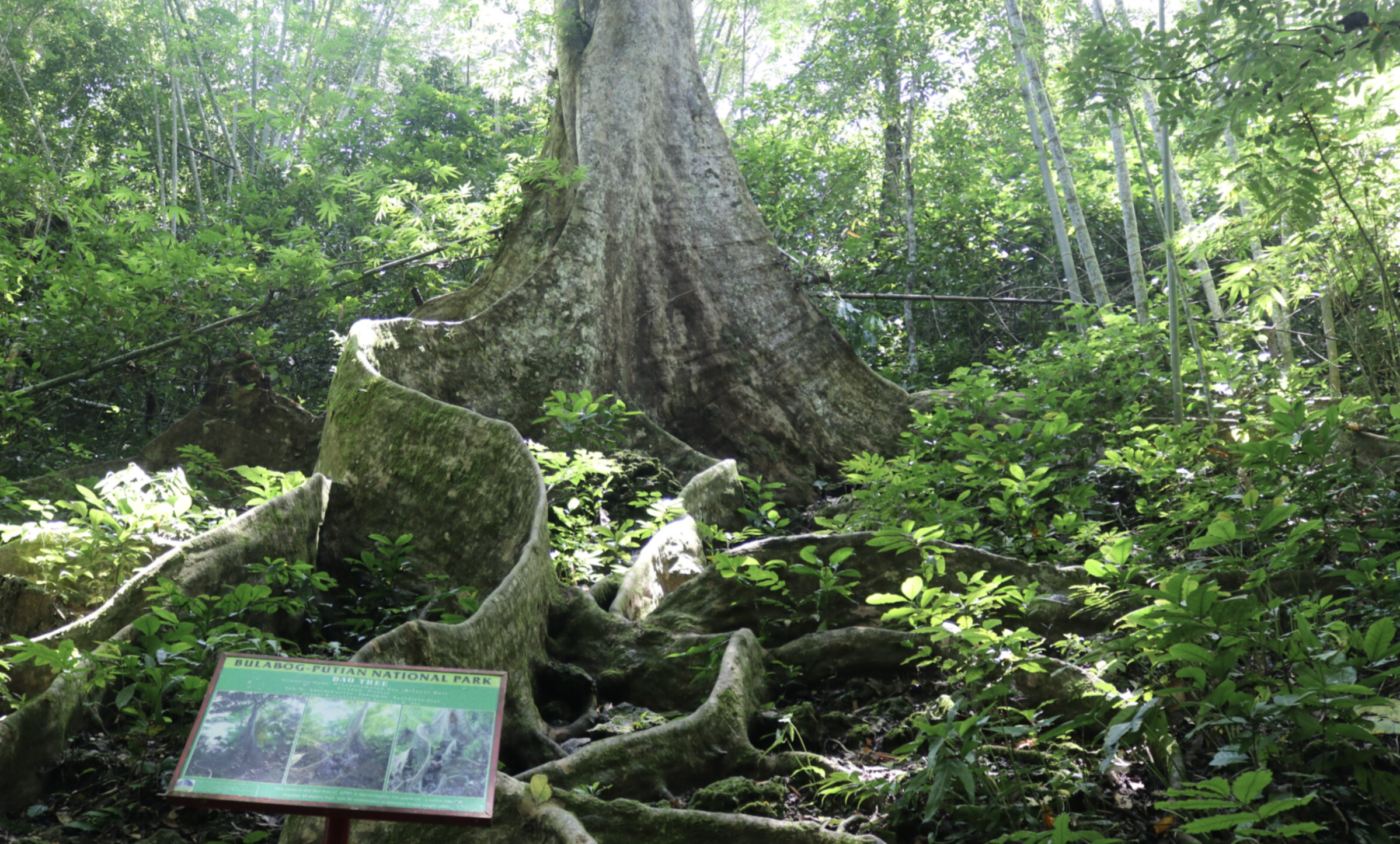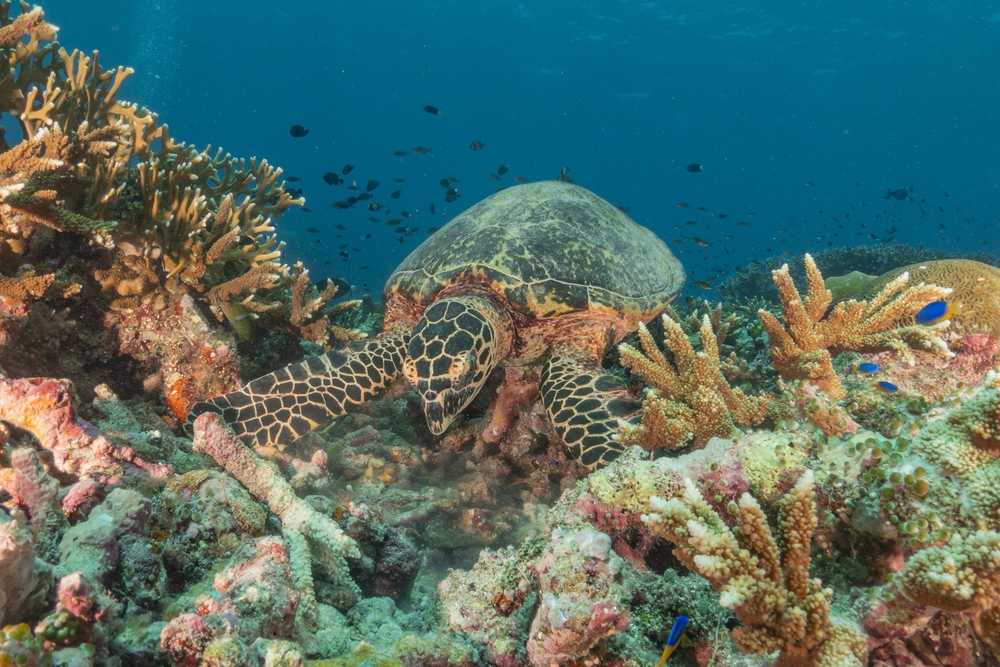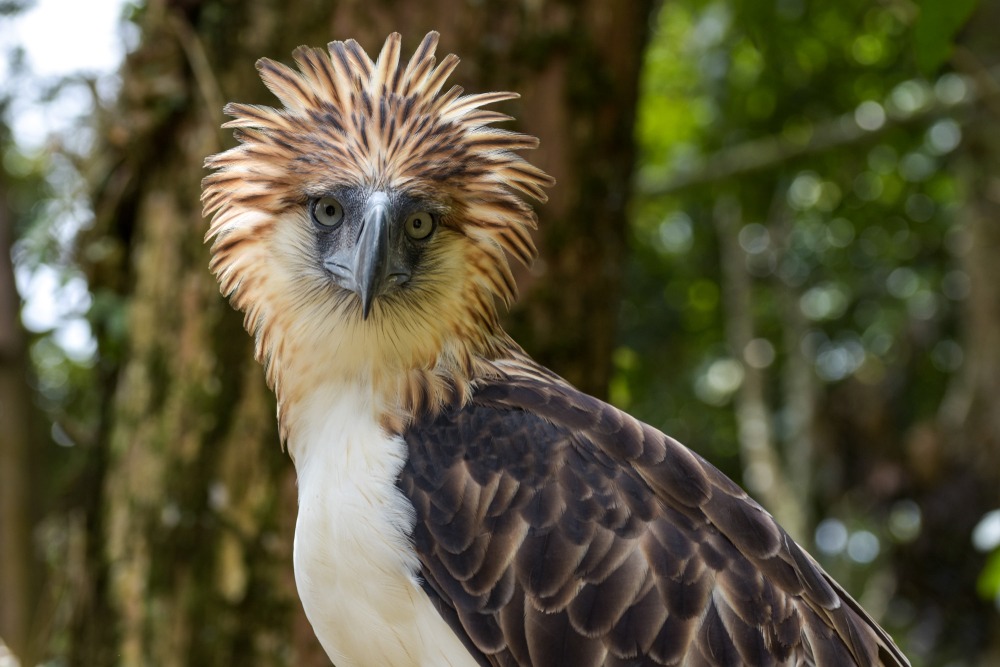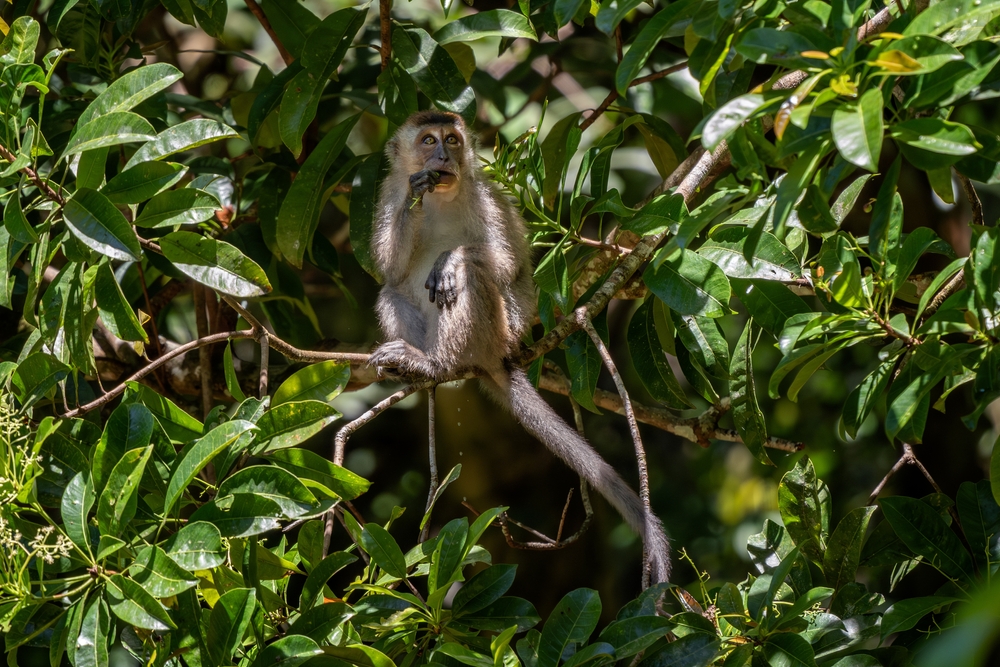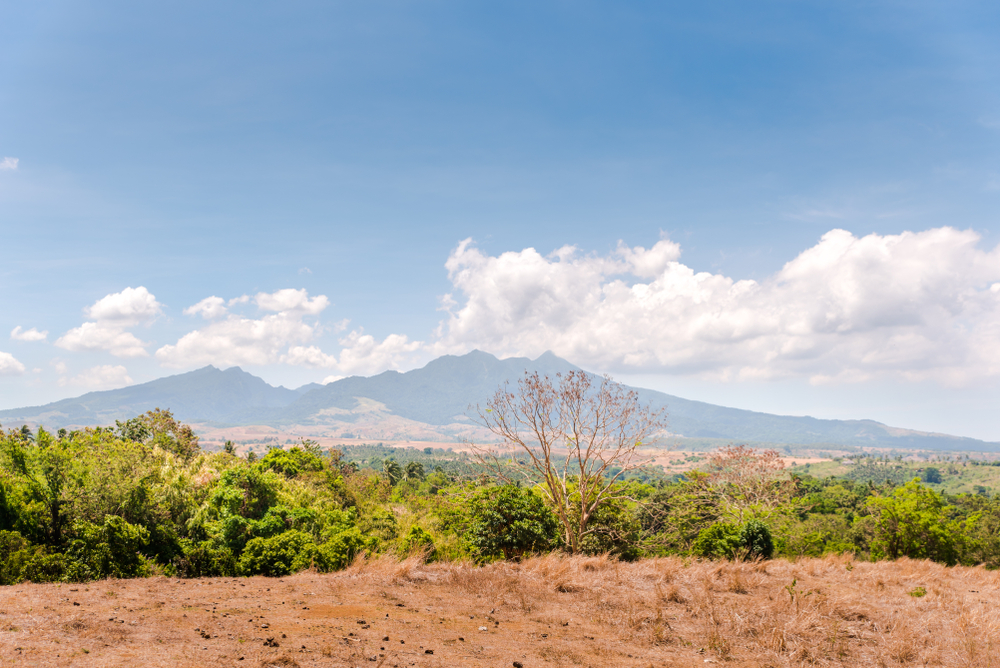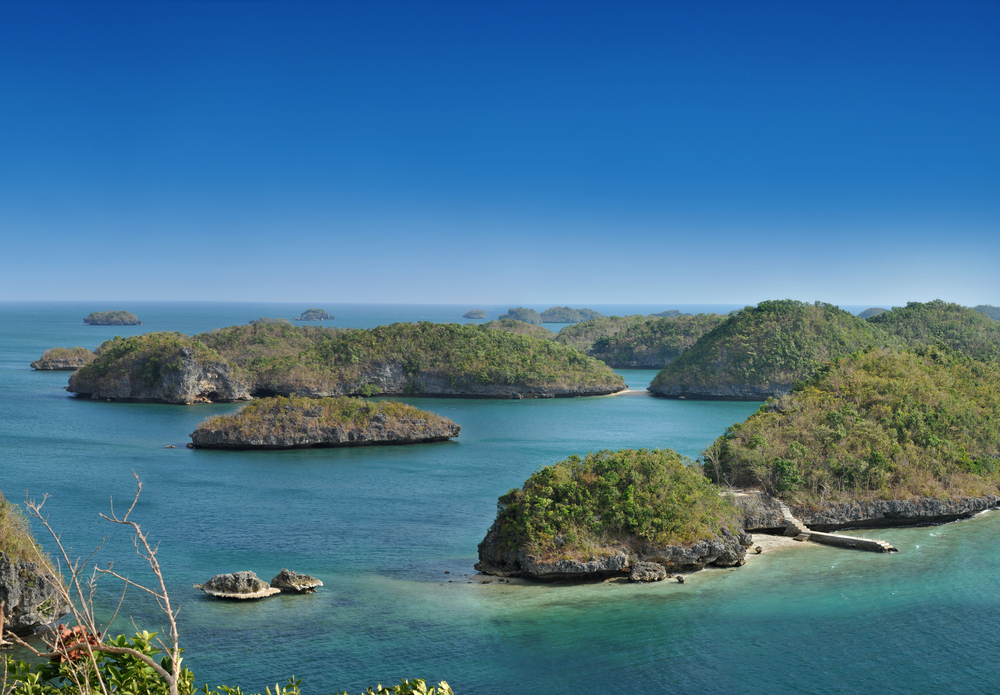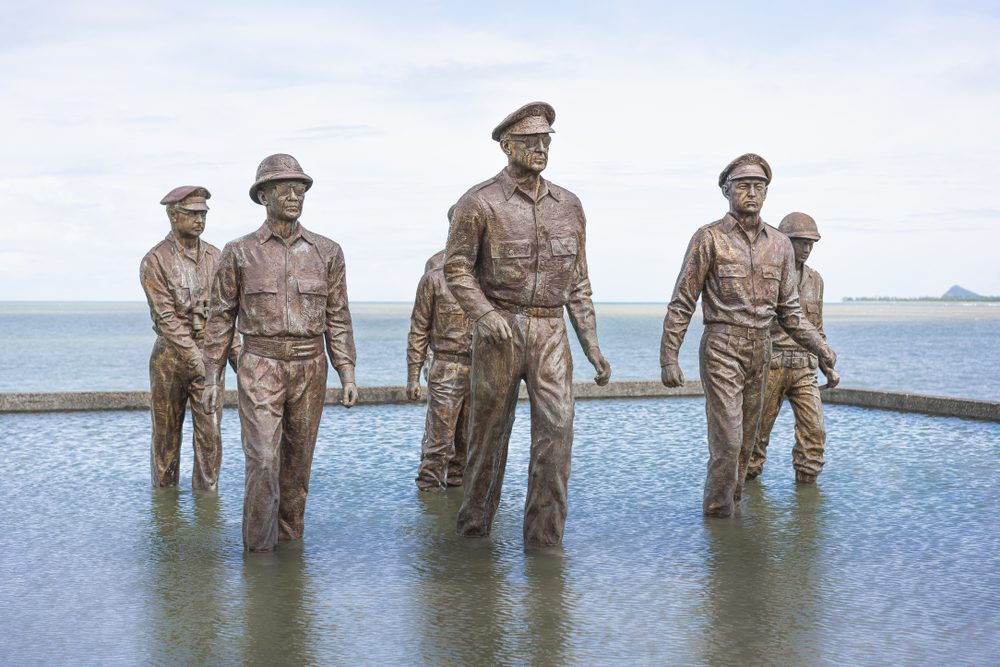Bulabog Putian Overview
Bulabog Putian National Park, known in Filipino as Pambansang Liwasan ng Bulabog Putian, is a compact but culturally and ecologically important protected area located in the province of Iloilo, on Panay Island in the central Philippines.
Covering approximately 2.3 square miles (5.1 square kilometers), the park lies within the municipalities of Dingle and San Enrique. Despite its relatively small size, it plays a vital role in preserving the only limestone mountain formation in the province and serves as a refuge for wildlife, a place of historical value, and a destination for nature enthusiasts in the Western Visayas.
The terrain of Bulabog Putian National Park is dominated by limestone outcrops, caves, hills, and forested areas. The park’s name refers to Mount Putian, a prominent white limestone hill that stands out against the surrounding green landscape.
The land is marked by rugged karst features, sinkholes, and over 30 known caves, many of which remain partially unexplored. The forest cover includes patches of secondary growth and hardwood species such as narra and acacia, along with dense undergrowth of shrubs, vines, and bamboo. Small streams and creeks crisscross the terrain, especially active during the rainy season.
Wildlife within the park includes a modest but diverse range of native species. Common mammals include Philippine long-tailed macaques, monitor lizards, and civet cats, which roam the forest and limestone slopes.
Bird species such as the white-collared kingfisher, coucal, and Philippine hanging parrot are frequently spotted, especially near forest edges and open areas. Bats inhabit many of the caves, particularly in the expansive Maestranza Cave, and contribute to the park’s ecological health by aiding in insect control and pollination. The park also supports reptiles, amphibians, and a variety of insects, creating a vibrant though often elusive wildlife presence.
One of the park’s most popular features is its extensive cave system. Maestranza Cave, with its spacious chambers and historical associations, is a highlight, along with Guiso Cave and Lapus Cave. These caverns once served as hideouts for Filipino revolutionaries during the Spanish colonial era, particularly during the 1898 uprising led by local heroes.
Mount Putian itself, while not high in elevation, offers panoramic views of the surrounding countryside and is a favorite spot for short treks. The “Ten Commandments of Nature” tablets, installed near the trails, serve as educational reminders for environmental protection and respect.
Visitors typically engage with Bulabog Putian through caving, hiking, birdwatching, and historical exploration. Local guides lead tours through the caves and trails, providing insights into both the geological features and the stories of the Philippine Revolution connected to the park.
Educational visits by schools and community groups are common, especially given the park’s mix of natural beauty and patriotic heritage. Picnic sites and rest areas have been developed to accommodate day-trippers and families seeking a peaceful nature escape.
Conservation efforts focus on protecting the park from illegal logging, limestone extraction, and encroachment. Though the park faces pressures due to its accessibility and limited buffer zones, collaboration between local government units, environmental agencies, and civil society groups has helped promote awareness and regulation.
Reforestation and educational campaigns are ongoing, and the presence of community-led initiatives helps reinforce the importance of the park as a shared resource and a symbol of regional identity and pride.








































































